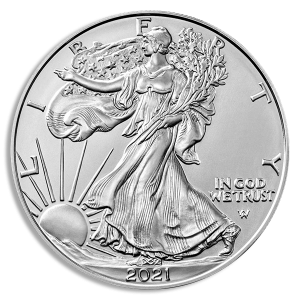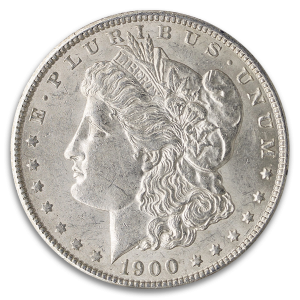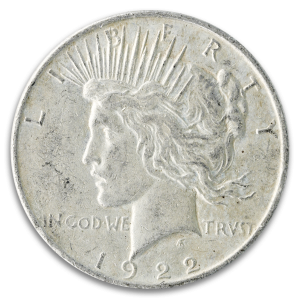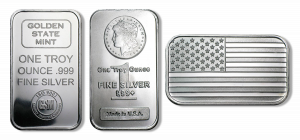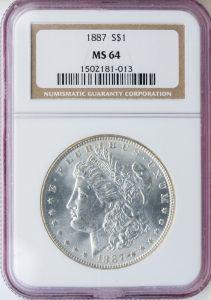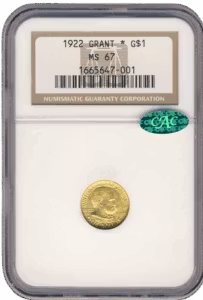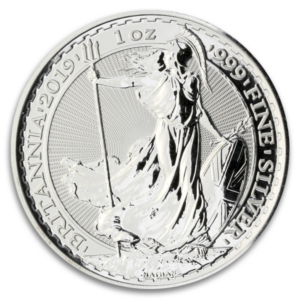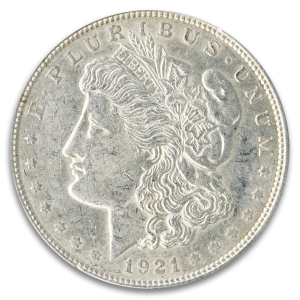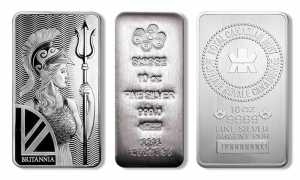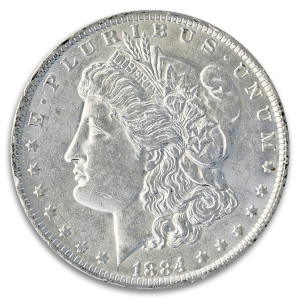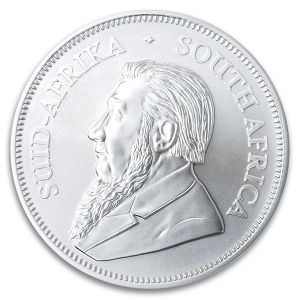$10 Indian XF (Dates/Types Vary)
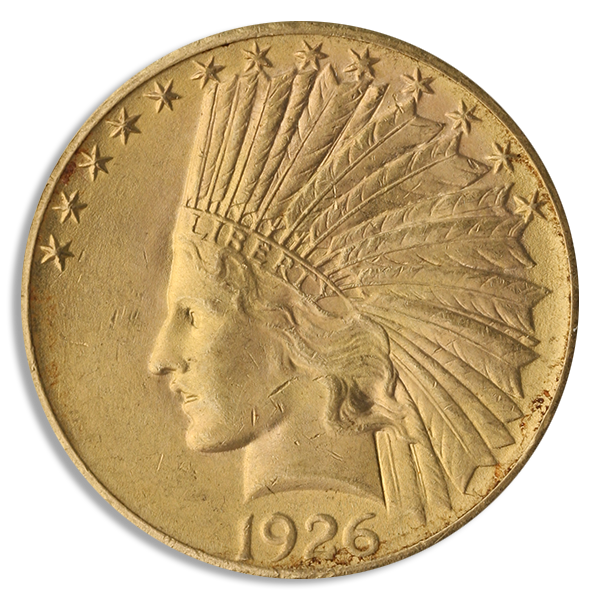


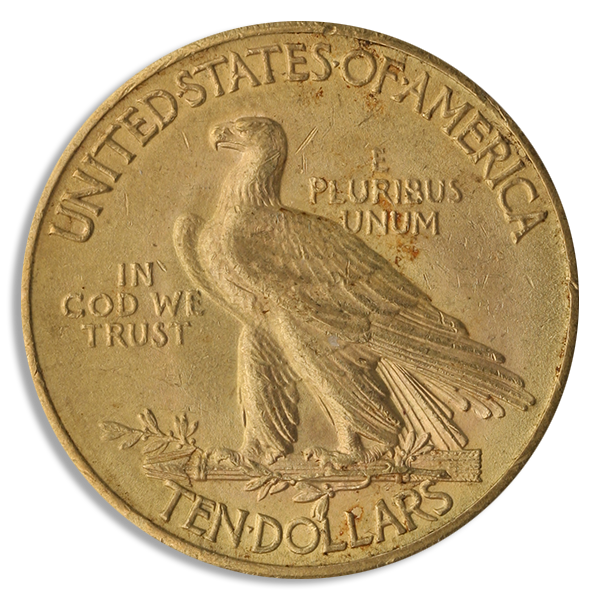

Price
$2,480.00
(3169 reviews)
DAVID WITZKE
2025/12/07
Easy
Ryan Toledo
2025/12/05
Great products as always
Peter Maltese
2025/12/01
Won't use again
Barry Borman
2025/11/30
super easy. very good site setup to navigate. I would have liked an email product was shipped. The package was just laid on the front porch. Thankfully I was only away from my home for a short period. Product was perfect. Thank you.
Brian Foxworth
2025/11/29
Great prices and customer service.
Gordon Reiselt
2025/11/28
No problems encountered
| President Theodore Roosevelt was driven by a desire to rejuvenate American coinage, which he saw as lacking in artistic value. Aiming to match the exquisite craftsmanship of ancient Greek coins, Roosevelt brought in renowned sculptor Augustus Saint-Gaudens for this ambitious project. Among the coins redesigned was the distinguished $10 Indian Head Eagle gold coin. Saint-Gaudens, already a prominent figure in Washington's art circles, frequently visited Henry Adams, who introduced him to Roosevelt. The President and the sculptor shared a deep appreciation for ancient Greek coins, which they believed represented an unparalleled standard of beauty. Initially hesitant due to prior unsatisfactory experiences with the U.S. Mint, Saint-Gaudens was eventually convinced to undertake the project. His involvement marked a significant shift in American numismatics. He was the first non-Mint employee to design U.S. coins and infused them with the beauty of classical Roman and Greek art. The $10 Indian Head Eagle, minted from 1907 to 1933, showcases an impressive obverse design featuring Lady Liberty wearing a feathered headdress. Why a feathered headdress instead of the traditional Phrygian cap? As President Theodore Roosevelt wrote to the sculptor Saint-Gaudens: “Really, the feather head-dress can be treated as being the conventional cap of Liberty quite as much as if it was the Phrygian cap; and, after all, it is our Liberty [...] and we are entitled to a typically American head-dress for the lady.” The word "LIBERTY" is inscribed on the headband, and the year of minting appears below Lady Liberty’s neck. This design brought a new level of detail and artistic quality to American coins. On the reverse, Saint-Gaudens portrayed a powerful eagle standing on an olive branch and a bundle of arrows, symbolizing a harmonious balance between peace and military readiness. The inscriptions "UNITED STATES OF AMERICA" and "TEN DOLLARS" encircle the eagle. Each $10 Indian Head Eagle contains .48375 troy ounces of gold and is composed of 90% gold and 10% copper. The coin measures 2.03 mm in thickness, 27 mm in diameter, and weighs 16.718 grams. These coins were produced at the Philadelphia, San Francisco, and Denver mints. Production was sporadic between 1916 and 1933, enhancing the coin's rarity and appeal to collectors. The $10 Indian Head Eagle is a testament to Roosevelt's vision and Saint-Gaudens' artistic brilliance. It represents a significant moment in the history of American coinage, merging artistic excellence with numismatic value. The XF (Extremely Fine) coin grade denotes a coin with slight wear on the highest points but overall retaining much of its original detail. |
| Weight | 0.4838 |
|---|---|
| Metal | Gold |
Comparison Chart





